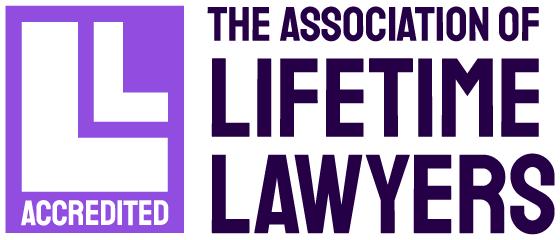In a recent case the Employment Appeal Tribunal gave guidance on the test for discrimination arising from disability.
Background
Discrimination arising from disability occurs where both:
A treats B unfavourably because of something arising in consequence of B’s disability.
A cannot show that the treatment is a proportionate means of achieving a legitimate aim.
Facts
The employee was a branch manager at Dransfields Engineering Services Ltd (DES). DES was not profitable and it was looking to make cost savings.
The employee developed cancer and was off work from October to December. In November, DES’s operations manager identified the possibility of restructuring the business in a way that would delete the employee’s post, saving the business up to £40,000 a year.
The employee was subsequently made redundant in April the following year after a period of consultation. The employee chose not to appeal, but subsequently brought claims for unfair dismissal, direct disability discrimination and discrimination arising from disability.
The tribunal dismissed his claims. With regard to his discrimination arising from disability claim, it accepted that there was a link between his disability-related absence and his dismissal, as his absence had highlighted to DES that the branch could function without anyone covering his role. However, it considered that this was not the same as saying that the employee was dismissed because of his sickness absence.
The employee appealed to the Employment Appeal Tribbunal but the appeal was dismissed.
Comment
It is common for sickness absence to be the “something arising” as a consequence of an employee’s disability that leads to unfavourable treatment and a discrimination claim. The EAT’s decision appears to be an attempt to clarify that there is sometimes a difference between the factual circumstances surrounding an employee’s unfavourable treatment and the reason for it. This might be a difficult concept to grasp, particularly in light of the fact that the employer’s reasons, whether conscious or unconscious, for treating an employee unfavourably are irrelevant. However, the EAT makes it clear that each case will turn on its own particular facts. For this reason, the decision should not be relied on by employers considering making a disabled employee redundant in a similar situation and legal advice should be taken.








